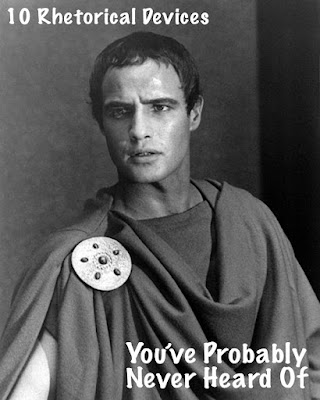Review: Measure for Measure by The Public Theater
The Public Theater Mobile Unit’s production of Measure for Measure was an astounding portrayal of a story that was relevant 400 years ago, 30 years ago, and remains relevant in 2019.
Each actor's performance was perfectly suited to their characters and played the dimensionality of each character while preserving the clarity, and often vulgarity, of the language. Among the standouts were Isabella (Jasmine Batchelor) for her intense emotional performance that evoked powerful reactions from the audience, and Angelo (Adrian Kiser) for the cruelty and power with which she treated Isabella. The Duke (Grace Porter) portrayed a fairly benevolent duke, leaving the audience shocked by the moment in which the Duke claims Isabella.
The production was set in New Orleans during Mardi Gras in 1979, and delivered by a cast of all women of color. The setting was evoked through costume and mood, with a minimalistic set that allowed the actors and the audience to transform the space together. Although the #MeToo thematic relevance of ‘he said, she said’ could have been portrayed anywhere and would have still been relevant, the Mardi Gras flair, enhanced through the music of Gabrielle Murphy’s saxophone, added lightness and tone to the performance. The play itself was communicated clearly to the audience so that its message rang strong, and there was little subtlety. The lack of subtlety, generally conceived of as a fault, felt right at home in this New Orleans background. Nothing about New Orleans is subtle––just as nothing in Measure for Measure, from the dirty jokes to the structure of the law, is subtle.
In this production, a cast of nine played all the parts, and so they had to switch characters and costumes multiple times: a difficulty for any Shakespeare play, but especially Measure for Measure, where a character (the Duke) goes into disguise as well. However, the transitions were handled so smoothly and with such skill of director LA Williams that they added to the harmony of the world this production created. A particularly impressive moment was Alfie Fuller’s transition from Pompey to Barnardine––a transition which had to occur on stage during dialogue between the two characters. This moment was handled with incredible care and ingenuity, as the actor herself changed costumes before our eyes and assumed a unique voice with her new character. The dialogue between herself was very comedic with the choice to adopt two distinct voices. I was equally impressed by Latonia Phipps’ change to the Abhorson. She put on her costume with boldness and her physically, drastically changed from that of her previous character, was evocative of the Abhorson’s great of his job and social status.
To facilitate community engagement, there was a short discussion before and after the play––which fell flat. Before the show, the discussion took the energy out of the room and left the audience disengaged, rather than holding their breath in excitement. The questions were too ordinary and clunky, and, as a result, the discussion felt forced. Because Measure for Measure is so evidently resemblant of the dynamics between men and women today, this play in particular needs no introduction, and certainly not questions to point out the play’s relevance. The post-show discussion went much better because the audience was already engaged and, frankly, because it was much shorter.
This production deserves the highest praise as one of the finest I have seen. From its vision to its minimalistic set to its casting, each element of this production has been carefully considered and constructed to present a piece that is significant, creative, and very fun to watch.
photo credit: Joan Marcus for The Public Theatre




Comments
Post a Comment
All comments are moderated by the Green-Eyed Blogger to avoid spam. If you do not see your comment right away, do not worry; it is simply undergoing our routine moderation process.